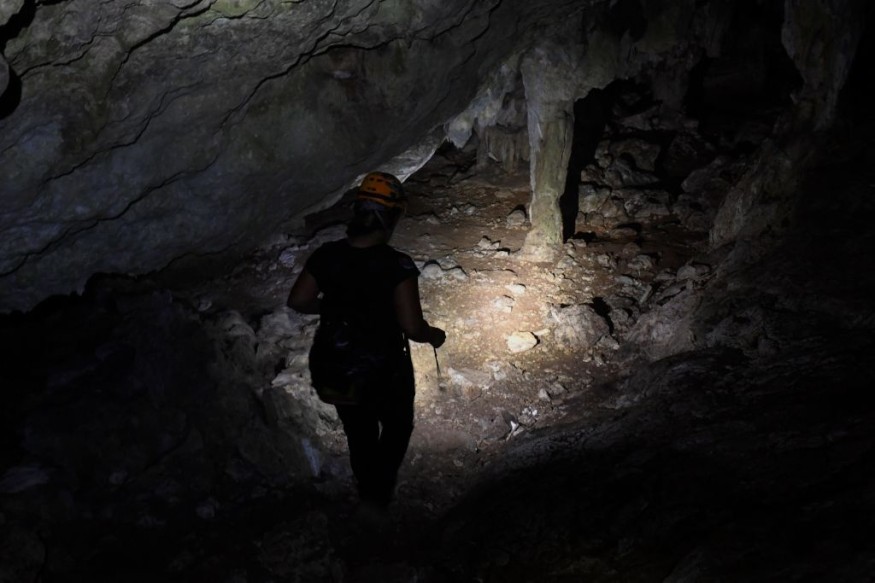Life on Mars has been a subject of debate among scientists for decades, capturing the imagination of many that our neighboring planet in the solar system may also host life.
However, the advancement of space exploration has led to the discovery the Red Planet is nothing but a desolate landscape now. However, recent research suggests Mars is holding or once held life at least on a microbial level.
To further confirm such evidence, a new study led by researchers in the United States examined underground Hawaiian caves which helped scientists at National Aeronautics and Space Administration (NASA) to search for life on Mars. In Hawaii, a lava tube under the Earth's largest active volcano, Mauna Loa, has proven microbes can survive deep, cold environments where even light cannot reach.
Researchers involved in the study compare these underground, isolated subterranean environment to the Red Planet's lava tubes, which once or are still hosting living microbes. The new research paper assert if microorganisms can survive in the Mauna Loan lava tube, so can their counterparts in our Martian neighborhood.
Mauna Loan Lava Tube

In the study published in the Journal of Geophysical Research: Planets on February 17, researchers from Georgetown University in Washington, D.C. and their collaborators asserted that lava tube are important targets in the search for life on Mars.
The research team emphasized the basaltic walls offer protection from solar radiation and changing environmental conditions, which are common on the surface. The team hypothesized this confined yet protected ecosystem could allow life or preserved previous life despite the harsh environment.
With this, the new research correlates similar environments on Earth such as the Mauna Loan lava tube for potential Martian life in its own underground lava tubes.
Under Mauna Loa, the researchers discovered dozens of previously unknown microbial species, which are located on the northern flank of the volcano. The said Mauna Loan lava tube is less affected than other older tubes by water and other weather elements. The said tube resembles Martian lava tubes when it was billions of years ago, as summarized by Phys.org.
Cave Life Explored
Aside from microbes, life on caves is flourishing with different animal species, including nocturnal bats and other mammals, as well as insects and cave fish.
Despite this knowledge, only few caves on Earth have been explored, which continues to prompt scientists to venture even in deep, narrow passages for unknown animal or microbial life waiting to be discovered.
Few caves on our planet have some bacterial production, including in flooded system where bacteria uses sulphur as an energy source instead of light, according to Professor Geoff Boxshall, a scientific lead at the Life in the Dark exhibition of the Natural History Museum (NHM).
In relation to the study, while the team's hypothesis regarding life on Mars is still unconfirmed, the potential for life on the Red Planet is not far from reality, at least on a microbial level.
In 2022, a research published in the journal Astrobiology discovered that ancient bacteria could have survived under Mars' surface 280 million years ago, much longer than previously thought, Euronews reported.
© 2025 NatureWorldNews.com All rights reserved. Do not reproduce without permission.





